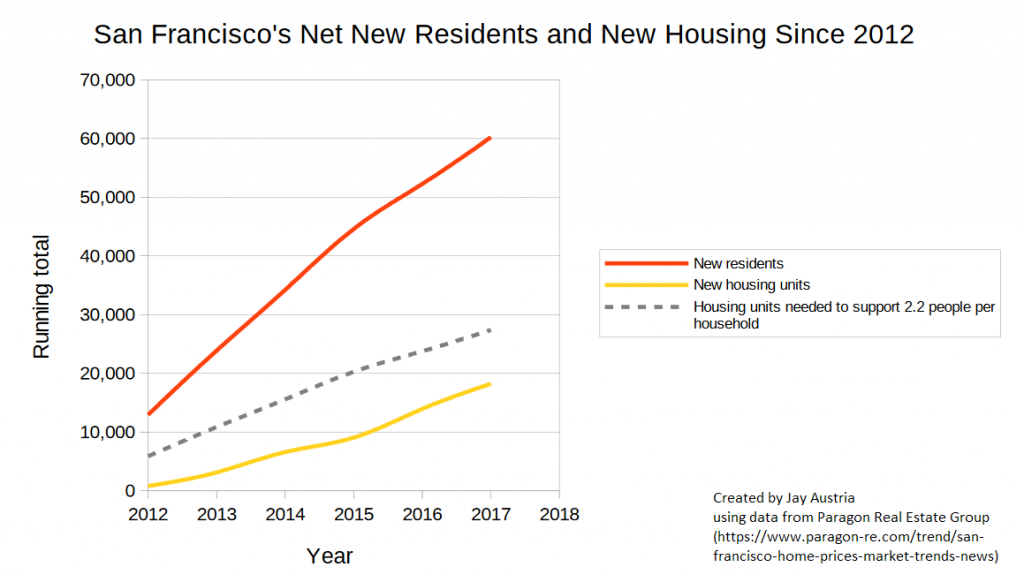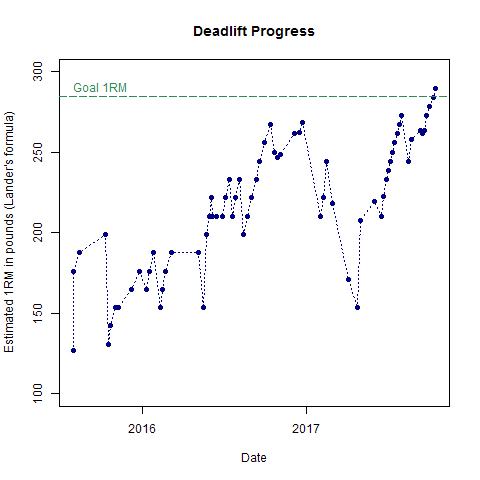There has been some off-season talk about the San Jose Sharks making a push to trade for John Tavares of the New York Islanders. Tavares has been a strong goal-scorer for the Islanders, having been in the top 3 on his team for goals scored every season since being drafted in 2009.
I wanted to better understand how goal scoring was distributed among the Sharks to make it easier to imagine Tavares being added to the line-up. I threw this visualization together using R to help out.
Data includes goals scored per San Jose Sharks player since the 2013-2014 NHL season. I only included current SJ Sharks players with at least 5 full NHL seasons of data. Data is not adjusted for games played, so games missed due to injuries are reflected in the graph. I think this is fair because a skilled goal scorer is useless if he isn’t also durable. Can’t put points on the board if you aren’t playing.

Thoughts:
- Based on John Tavares’s last five seasons, the median for his goals scored would be 33 and his best was 38 in 2014-2015. If included on this graph, he’d be the 2nd strongest goal scorer, right after Pavelski.
- Patrick Marleau was (sadly) traded to the Toronto Maple Leafs ahead of the 2017-2018 season. If he was never traded, he’d appear on this chart between Pavelski and Couture with a median goals scored of 27 and a season-high of 33 goals in 2013-2014.
- Of the recent Sharks additions excluded from this list, the only skaters with decent goal counts for a single season are Timo Meier (21 goals in 2017), Chris Tierney (17 goals in 2017), Joonas Donskoi (14 goals in 2017), and Kevin Labanc (11 goals in 2017). However, none of these are particularly impressive and these players will likely end up charted near the middle around Hertl or Boedker.
- As expected, defensemen occupy the bottom of the list. The clear exception here, of course, is Brent Burns. Seeing him occupy the 3rd highest slot despite being a defenseman is impressive.
- Admittedly, I didn’t realize Joe Pavelski’s production was that much higher than the rest of the team.
- Washington Capitals’s Alexander Ovechkin’s 5-year running goal median is 50. Wow. The Sharks need one of those.





